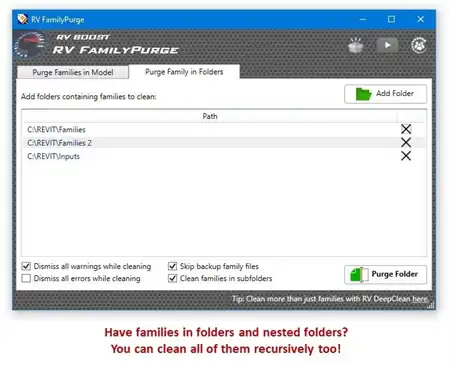About this app
Lighting calculation is an essential aspect of any architectural or interior design project. It not only ensures the proper illumination of spaces but also contributes to energy efficiency and overall aesthetics. The Luminaire Hub - Dialux Tools plugin aims to simplify the lighting calculation workflow between Autodesk® Revit® and DIALux 4® and Evo®. In this review, we will delve into the features and functionalities of this plugin and explore how it can benefit users in their lighting design process.
Streamlining Export and Import Functions
The Luminaire Hub - Dialux Tools plugin offers a seamless integration between Revit and DIALux by allowing users to export model elements such as spaces, windows, doors, and luminaires to a .stf file. This file can then be imported into DIALux 4® for further calculation and analysis. The plugin also exports a 3D DWG file to the same chosen location, which can be overlayed in DIALux® for a comprehensive visual representation.
One of the key features of this plugin is the ability to import luminaires into DIALux® as placeholders, which can then be swapped out for other luminaire photometric files for calculation. This flexibility allows users to experiment with different lighting fixtures and optimize the lighting design based on their specific requirements.

(Image by: Luminaire Hub)
Enhancing Workflow Efficiency
The STF export function of the Luminaire Hub - Dialux Tools plugin simplifies the process of transferring model elements from Revit to DIALux, making it easier for users to generate accurate lighting calculations. The import function also works seamlessly by reading in the STF file and assigning Revit families to match the DIALux calculation. This ensures consistency and accuracy in the lighting design process.
It is important to note that the DIALux file created using the STF export function must have matching space names, as these are used as a key for the import function. Additionally, certain Revit family luminaire placement types work better than others, with Unhosted and LevelBased being the most consistent options. Users should refer to the help document for more information on optimizing luminaire placement in DIALux.
Future Development and Road Map
As a user of the Luminaire Hub - Dialux Tools plugin, you can look forward to future releases that will enhance the functionality of the plugin. The product roadmap includes features such as DWG file import for luminaires into Revit, additional export element support for curtain wall glazing panels, and the option to export either Rooms or Spaces for calculation.
Furthermore, upcoming releases will also include the ability to perform calculations within Revit using the Lumen method, as well as a space manager to define specific lighting requirements. These additions will further streamline the lighting design process and offer users more flexibility and control over their projects.

(Image by: Luminaire Hub)
Conclusion
The Luminaire Hub - Dialux Tools plugin is a valuable tool for architects, designers, and lighting consultants looking to streamline their lighting calculation workflow in Revit. With its seamless export and import functions, flexible luminaire placement options, and ongoing development roadmap, this plugin offers a comprehensive solution for optimizing lighting design in architectural projects.
We encourage users to explore the features and functionalities of the Luminaire Hub - Dialux Tools plugin and incorporate it into their workflow for enhanced efficiency and accuracy in lighting calculations. Try it out today and experience the benefits of this innovative tool in your next design project!











